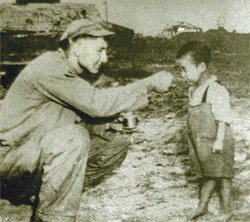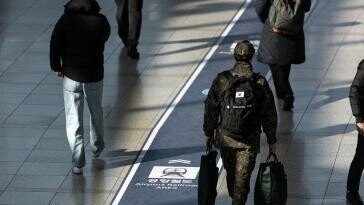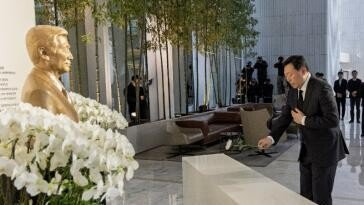
“It will take 100 years for South Korea to recover from the Korean War.”This comment was attributed to U.S. General Douglas MacArthur, the man who led UN forces in defense of South Korea in 1950.
It seemed a safe bet. The peninsula lay in ruins; the nation remained divided and locked in confrontation; and South Korea had no resource base.
Few, if any, predicted that South Korea would, in under half a century, become a global economic power, a thriving democracy and a vibrant society. Yet, Phoenix-like, the nation rose from the devastation of the 1950-1953 war and the demoralization of Japan’s 1910-1945 colonial rule, as it instituted, (with reference to Seoul’s river), “The Miracle on the Han.”
Park invested the funds, and reparations from Japan, into industry. While economic direction was top-down, Park left business to private companies led by now-legendary entrepreneurs who built a national infrastructure and an export machine. Thus rose the conglomerates that forged the Korean miracle.
Industry leveraged Korea’s only resource: its people. Though poverty-strapped, Korea did not stint on education. Schools produced a workforce that was literate, numerate, disciplined and imbued with national ambition. In 1970, a campaign to break the vicious circle of rural poverty, the Saemaul Undong (“New Village” movement) was instituted. It would not be a hand-out. “A village where villagers lack voluntary will cannot stand on its own feet,” Park thundered. “But if villagers are willing to do something, their village will improve in two to three years - with a little help from government.”
As global trade increased, Korea’s economy surged. In the 1980s, another miracle took shape. Park had built prosperity under authoritarian rule. “People power” protests rocked President Chun Do-hwan, who had seized power after Park’s 1978 death. Some feared a bloodbath, but Chun bowed to public pressure. In 1987, democracy blossomed.
Seoul administrations have always been great infrastructure builders, and in the late 1990s, a new. hi-tech national backbone came on-line, making Korea a global technological leader, and a living test-lab for Internet and mobile tele-communications players.
In 1970, South Korea’s per-capita income stood at US$255, a quarter that of Argentina’s (US$1,099). By 2008, the figure was US$19,296, more than double Argentina’s (US$8,027). Today’s South Korea is a member of the OECD, “the rich nations’ club.” It no longer passively follows the lead of advanced nations, but speaks out in global debates.
While some overhang from high-speed development - weak rule of law; an outdated education system; over-powerful big business - lingers, Korea is arguably, the 20th century’s greatest national success story.
The transition from aid recipient to donor qualifies Korea as the first non-G8 member to chair the G20 summit. As a bridge between developing and advanced economies. Korea, in a nod to the past, is sharing its nation-builiding experience by exporting the Saemaul Undong movement to developing nations in Africa and Asia.bookum90@donga.com
-
- ???
- 0?
-
- ???
- 0?
-
- ???
- 0?



?? 0